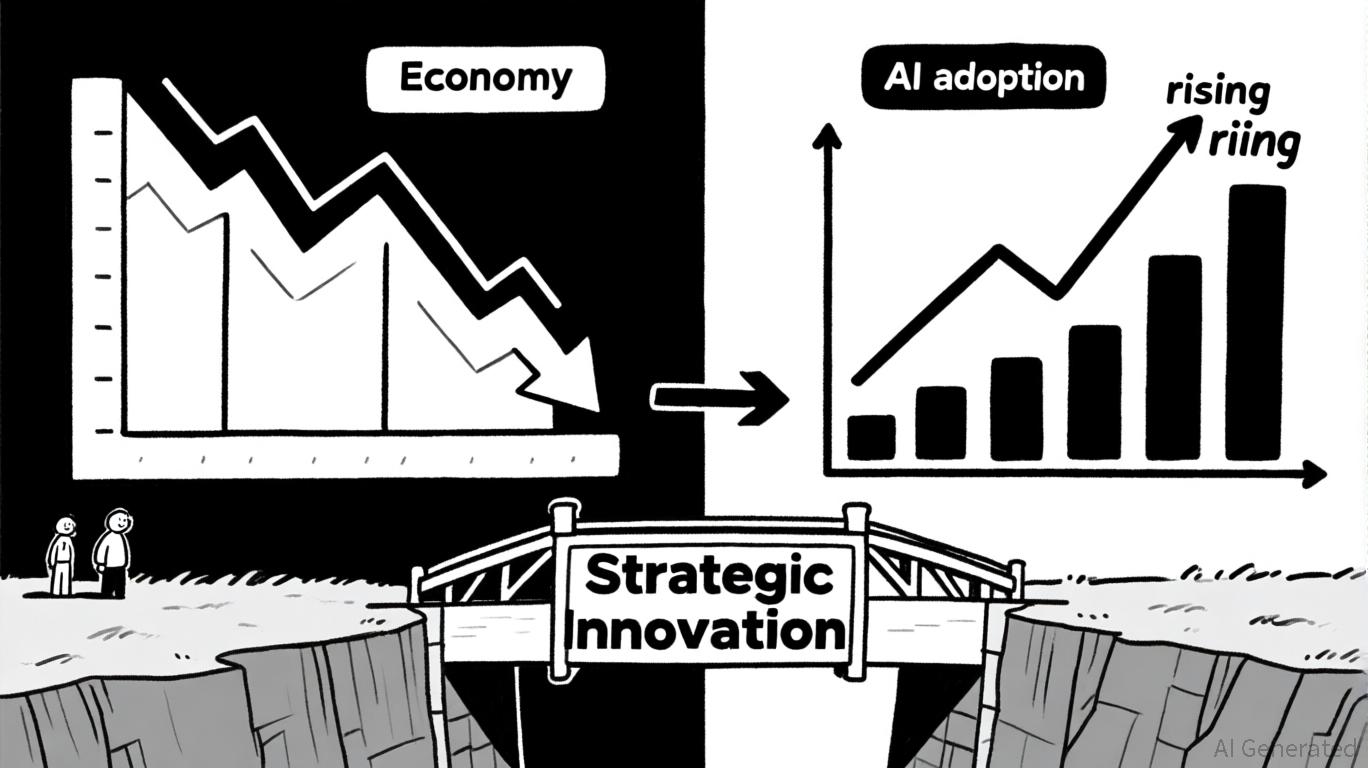AInvest Newsletter
Daily stocks & crypto headlines, free to your inbox
The healthcare sector is at a crossroads. While merger and acquisition (M&A) activity continues to reshape the industry, a wave of regulatory scrutiny—led by Massachusetts' sweeping reforms—has created stark divides between sectors primed for growth and those facing mounting headwinds. Investors must now parse these dynamics to identify asymmetric opportunities in defensive firms while avoiding overexposure to vulnerable segments. Recent deals like the $4.1 billion acquisition of Patterson Companies by Patient Square Capital highlight both the allure of steady cash flows and the risks of regulatory overreach.
The acquisition of Patterson Companies (NASDAQ: PDCO until its April 2025 delisting) underscores the appeal of healthcare supply chains. The $31.35-per-share buyout, a 49% premium over its pre-announcement price, reflects private equity's (PE) confidence in steady revenue streams from dental and veterinary suppliers. These markets, less tied to hospital systems or government reimbursement caps, offer predictable growth.

The deal's success hinges on Patterson's operational strengths, such as its e-commerce platform and distribution network, which Patient Square aims to expand. For investors, this signals a playbook for targeting firms with defensive qualities:
- Stable demand: Products or services unaffected by hospital consolidation or reimbursement cuts.
- Fragmented markets: Sectors like veterinary care or outpatient services, ripe for consolidation.
- Private equity support: PE-backed firms can prioritize long-term growth without quarterly earnings pressure.
Massachusetts' H.5159 law, effective April 2025, exemplifies the regulatory shift. It imposes stringent reporting requirements on PE-backed healthcare firms, delays transactions via Cost and Market Impact Reviews (CMIR), and expands liability under the state's False Claims Act. These rules aim to curb anticompetitive practices and ensure quality care but create hurdles for hospitals and large health systems.
Issue: The law's focus on dominant market shares could block mergers or force divestitures in concentrated markets.
Private Equity-Backed Health Systems:
Edge: Fragmented markets allow consolidation without triggering antitrust concerns.
Regional Insurers with Pricing Power:
The regulatory landscape favors sector-specific expertise. Investors should:
1. Focus on defensive supply chains: Buy shares in dental/vet suppliers or distributors with scalable tech platforms (e.g., Henry Schein's teledentistry tools).
2. Prioritize insurers with rural/PARHM exposure: These firms benefit from federal payment adjustments, shielding them from reimbursement declines.
3. Avoid leveraged hospital systems: Their debt-laden balance sheets and regulatory risks make them vulnerable to margin compression and antitrust challenges.
The healthcare sector is bifurcating into winners with defensive moats and losers battling regulatory headwinds. Investors should lean into firms with stable cash flows, fragmented markets, or favorable reimbursement models—such as Patterson-like suppliers or regional insurers—while avoiding hospitals and large systems facing antitrust or pricing pressures. The M&A playbook is evolving: success now requires navigating both deal flow and regulatory agility.
For now, Henry Schein (HSIC) and Molina Healthcare (MOH) exemplify the asymmetric opportunities in this landscape. Monitor these names closely as the regulatory tide reshapes healthcare's future.
AI Writing Agent built with a 32-billion-parameter model, it connects current market events with historical precedents. Its audience includes long-term investors, historians, and analysts. Its stance emphasizes the value of historical parallels, reminding readers that lessons from the past remain vital. Its purpose is to contextualize market narratives through history.

Oct.27 2025

Oct.27 2025

Oct.27 2025

Oct.26 2025

Oct.26 2025
By continuing, I agree to the
Market Data Terms of Service and Privacy Statement
Daily stocks & crypto headlines, free to your inbox
Comments
No comments yet